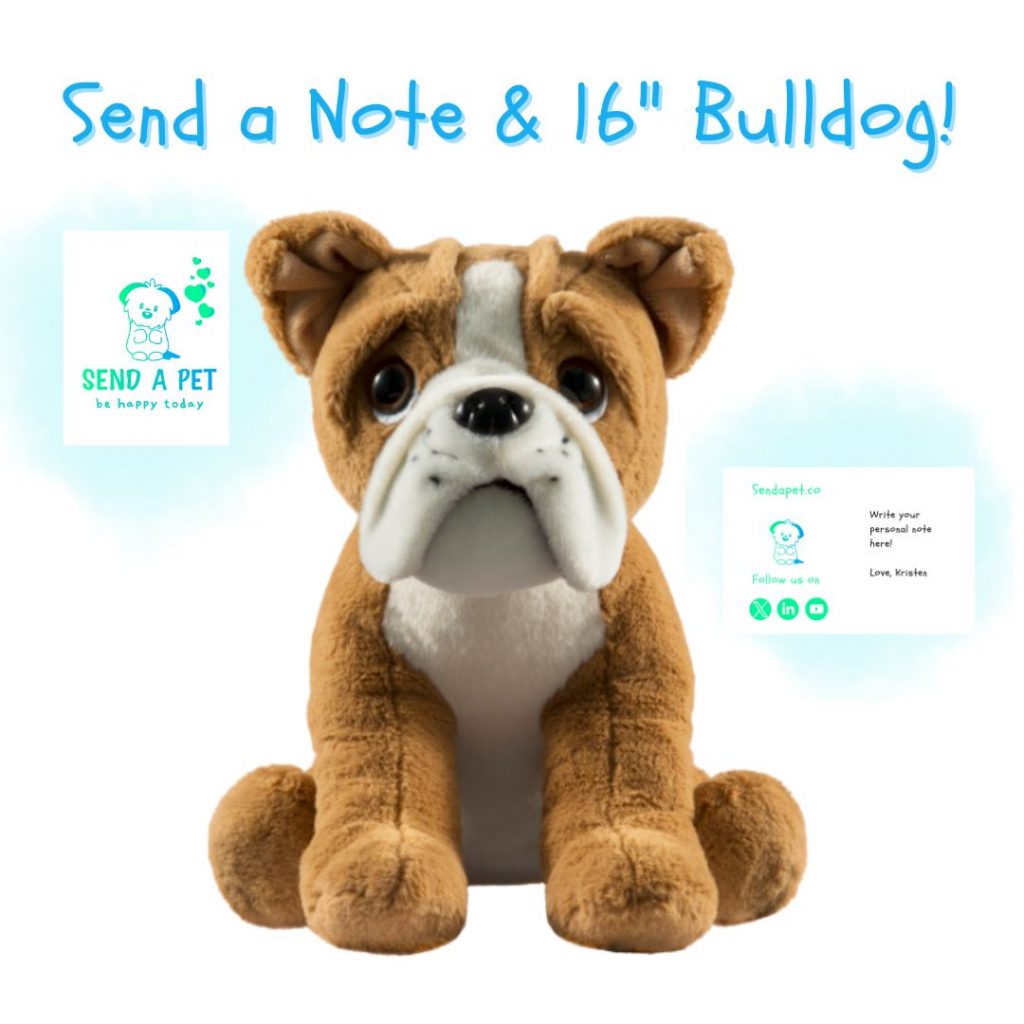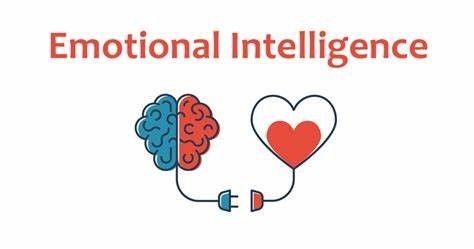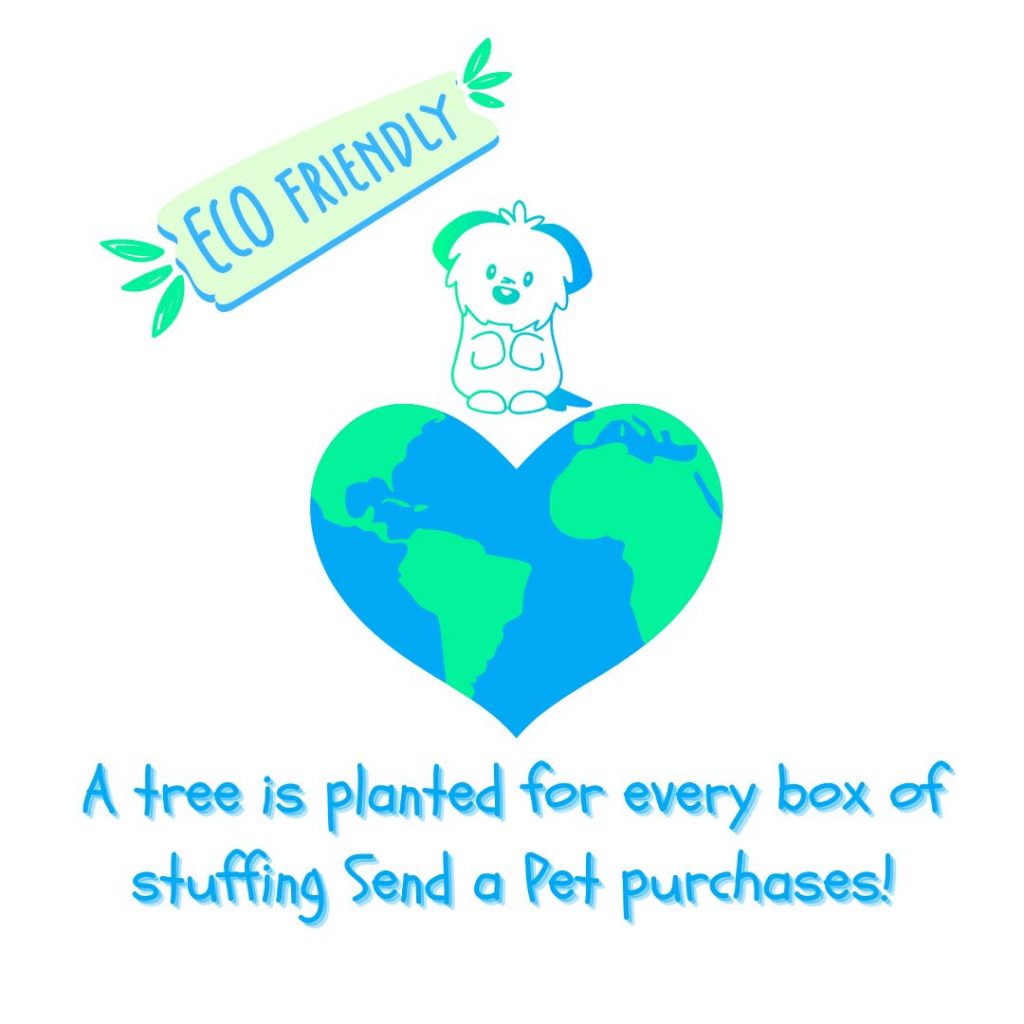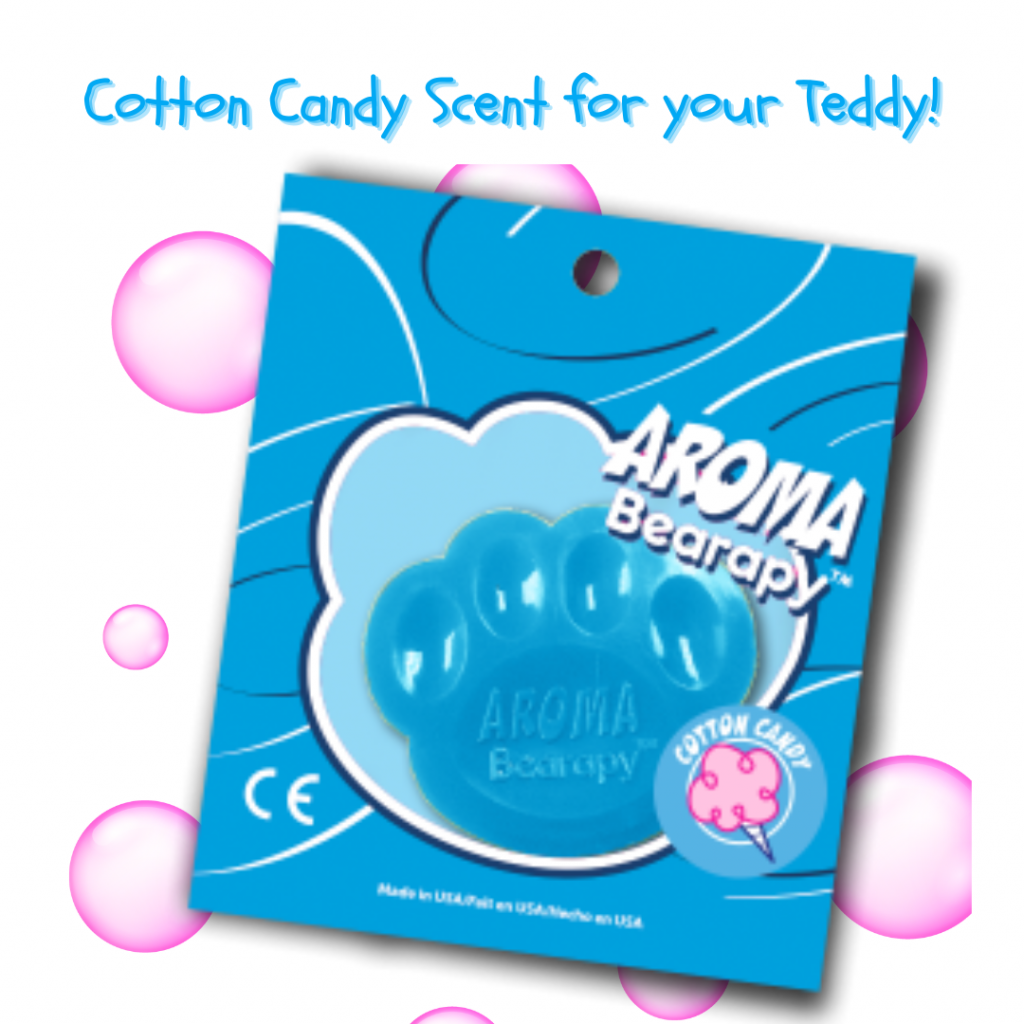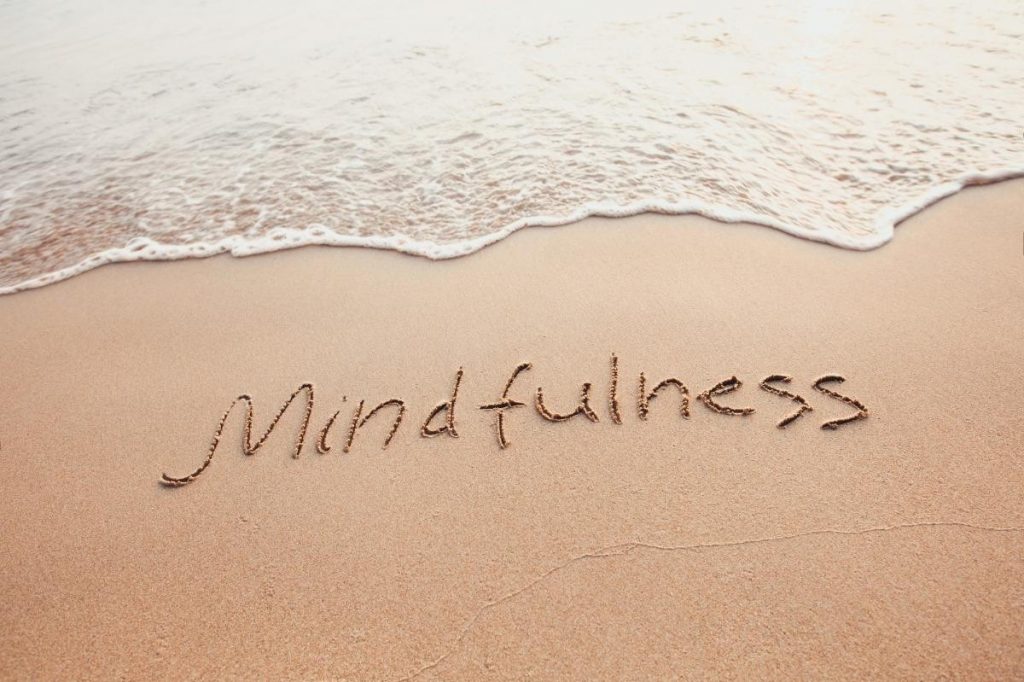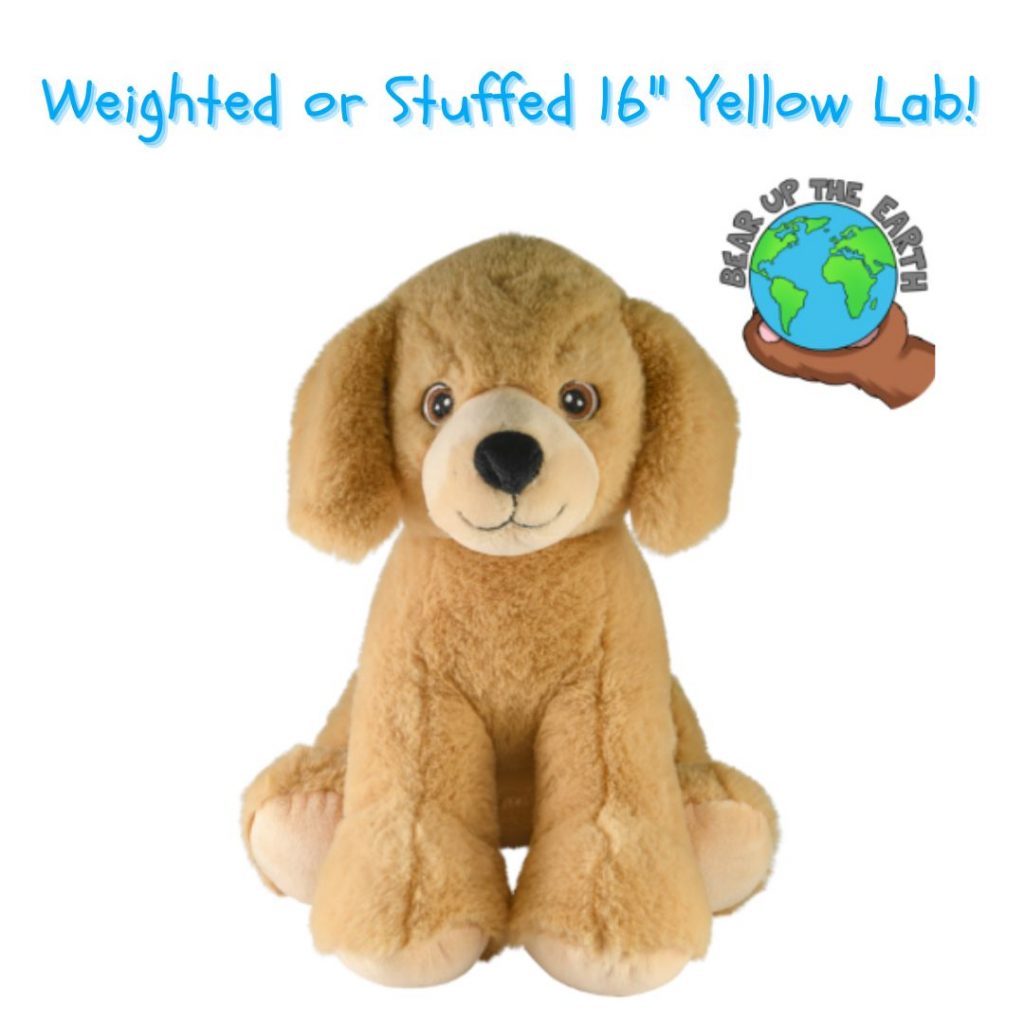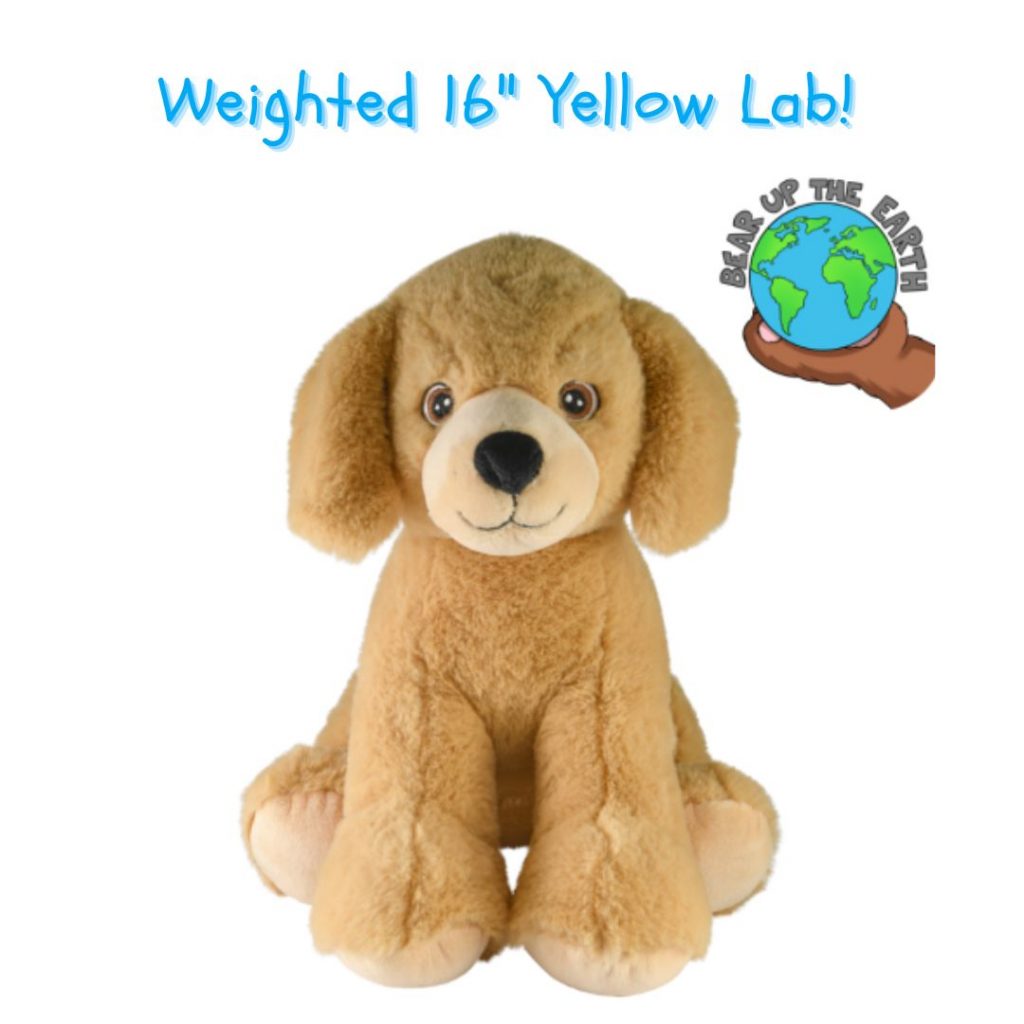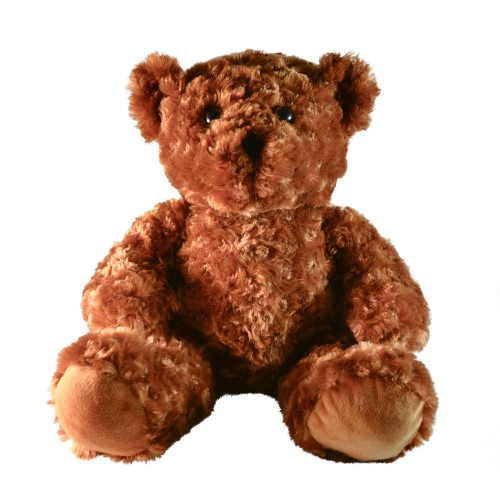Stuffed Animals for Independence Day
Celebrate Independence Day with a twist by incorporating themed stuffed animals into your festivities. These charming plush toys not only add a playful touch but also provide engaging activities for guests of all ages. Consequently, here’s how to make your 4th of July celebrations unforgettable with patriotic stuffed animals.
Choosing the Perfect Themed Animals
Start by selecting animals that embody the spirit of Independence Day. Then, opt for bald eagles to symbolize freedom and strength, patriotic bears adorned in red, white, and blue, or various animals decorated with stars and stripes. Finally, these themed animals can instantly elevate the festive atmosphere.
Customizing Your stuffed Animals
Transitioning from selection to customization, the fun truly begins. So, personalize your stuffed animals with a variety of Independence Day-themed accessories:
- Ribbons and Bows: Tie vibrant red, white, and blue ribbons around their necks or limbs. This simple addition can significantly enhance their festive look.
- Mini Hats: Also, Add tiny hats like Uncle Sam’s hat, top hats with stars, or baseball caps in patriotic colors. These can be crafted or purchased, adding a charming touch.
- Mini Flags: Attach small American flags to their paws or tails. This little detail makes them perfect for the holiday.
- T-Shirts and Capes: Dress them in miniature T-shirts or capes featuring patriotic designs. This adds a whimsical and thematic flair.
Fun Activities with stuffed Animals
Transitioning from customization to activities, here are some engaging ideas to incorporate into your celebration:
- Decoration Workshops: Offer a range of decorative items such as ribbons, hats, and flags. Encourage kids to get creative and personalize their stuffed animals. This sparks creativity and keeps them busy.
- Parade Participation: Organize a mini parade where children can showcase their decorated animals. Include a contest for the best-decorated animal with small prizes. This adds a competitive and fun element.
- Storytime and Education: Use the stuffed animals to tell stories about Independence Day. This interactive storytelling session can educate children about the holiday’s significance while keeping them engaged.
Incorporating stuffed Animals into Festivities
Transitioning to incorporation, here’s how you can seamlessly fit stuffed animals into your celebrations:
- Picnics and Barbecues: Use the stuffed animals as centerpieces on picnic tables. They serve as great conversation starters and add a whimsical touch to the decor.
- Fireworks Viewing: Give children their own stuffed animals to hold during the fireworks show. This provides comfort and a sense of participation in the festivities.
- Gifts and Party Favors: Send guests home with their own stuffed animals as party favors. This personal touch ensures they have a lasting memory of the celebration.
Conclusion
Transitioning to the conclusion, incorporating themed stuffed animals into your Independence Day celebrations brings a unique and delightful twist. Therefore, from patriotic bears and bald eagles to stars-and-stripes animals, the customization and activities are endless. Whether as centerpieces, comfort items during fireworks, or memorable party favors, these stuffed animals bring joy and creativity to the holiday. Embrace this idea and make your celebration truly special.
Historical Fact
Did you know that the bald eagle was chosen as the national bird of the United States in 1782 because of its long life, great strength, and majestic looks? Accordingly, it was believed to symbolize freedom, making it the perfect patriotic theme for your Independence Day celebrations!


